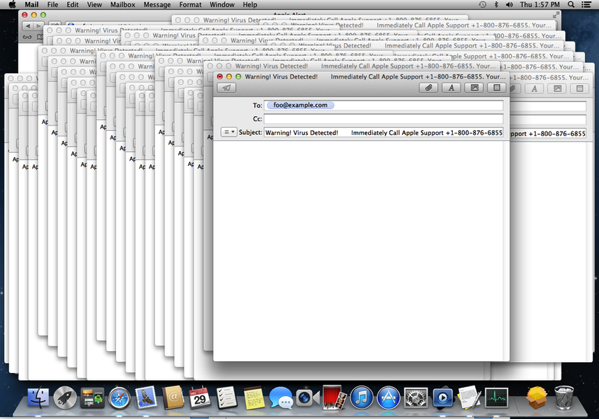

In 2005, it was estimated that between 50% and 80% of all spam in circulation had been sent by zombie computers. Zombies have also been used for sending spam. Such attacks are difficult to detect, as the slow service may go undetected for months or even years or is simply assumed to be due to other problems. As so many users are making requests at the same time to the server hosting the Web page, the server crashes, denying access to genuine users.Ī variant of this type of saturation is known as degradation-of-service attack and uses 'pulsing zombies': degradation of the service by periodically saturating the websites at a low intensity, with the intention of slowing down, instead of blocking, the targeted website. Zombies are frequently used in denial-of-service attacks (DDoS), which refers to the saturation of websites with a multitude of computers accessing at the same time.

They are also used in DDoS attacks in coordination with botnets in a way that resembles the typical zombie attacks of horror films. Most owners of zombie computers do not realize that their system is being used in this way, hence the comparison with the living dead.

It can be used remotely for malicious tasks. In computing, a zombie is a computer connected to a network that has been compromised by a hacker, a virus or a Trojan.


 0 kommentar(er)
0 kommentar(er)
